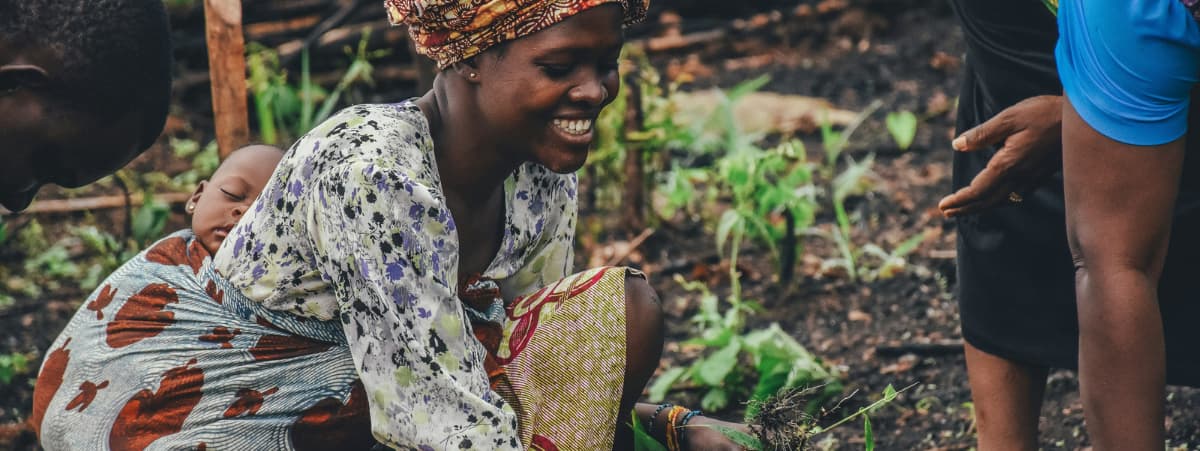Between technical wording and vague commitments, it can be challenging to analyze and understand the decisions that emerged from COP27. In this article, ClimateTrade explains the most relevant carbon market developments from this year’s Conference of the Parties.
Two intense weeks of negotiations came to an end on Sunday, and a record 35,000 COP27 delegates have now left Sharm el-Sheikh. It’s time to digest all the information that came out of the summit, and for us at ClimateTrade, that means analyzing the most relevant carbon market announcements and developments.
COP27 carbon market development 1: Article 6 advances
While COP26 was seen as a cornerstone moment for Article 6, COP27 was an opportunity to iron out some of the more technical details of the functioning of international carbon markets under the Paris Agreement.
For Article 6.2, governing the use of Internationally Transferred Mitigation Outcomes (ITMOs), the text adopted at COP27 clarifies the rules on how to track ITMOs through a registry, what each country’s Article 6 reporting expert reviews should include, and how parties should report the use of ITMO towards the achievement of Nationally Determined Contributions (NDCs).
Article 6.4, which governs voluntary cooperation between countries to achieve the goals of the Paris Agreement, did not progress as much as expected, mostly because its Supervisory Body was formed just a few months before COP27 and only had time to meet once before the conference. However, the text approved in Sharm el-Sheikh does bring some clarifications on the transfer of credits developed under the Clean Development Mechanism (CDM) to the Article 6 mechanism. It also gives more details on the type of emissions reductions where the Share of Proceeds (a tax on carbon credit trade under the Article 6 mechanism) should be applied.
Carbon market experts, including the International Emissions Trading Association (IETA) that ClimateTrade is a member of, believe 2023 will be a much more productive year in working to define the functioning of Article 6, and that the first credits to be issued under this mechanism should come out in 2025.
COP27 carbon market development 2: Loss and Damage Fund
This year’s COP was marked by a historic agreement: for the first time, parties agreed to set up a Loss and Damage Fund to help vulnerable countries deal with the consequences of climate change. This is based on the notion that rich countries and their rapid industrial development over the past 200 years are highly responsible for the issues currently affecting the climate, and that the effects of climate change are most felt by countries that contribute very little to global warming.
Loss and damage funding, also called climate reparations by some, has been championed by vulnerable countries at climate conferences since before the Paris Agreement was signed, but it took more than a decade – and dramatic climate events like this year’s Pakistan flooding – for this item to be added to the official COP agenda.
On the surface, this issue may not seem relevant to carbon markets, but we at ClimateTrade believe that the creation of the Loss and Damage Fund will have a positive impact on the adoption of the carbon market. Some of the developing countries that have been fighting for climate reparation have also been reluctant to adopt carbon finance mechanisms, as they have seen the development of the carbon market as detracting from the issue of loss and damage. For that reason, they may have put off carbon initiatives in order not to weaken their argument for the creation of the fund. Now that parties have agreed to set up the Loss and Damage Fund, these countries are likely to feel more comfortable participating in the carbon market as an additional avenue for climate finance, rather than as an avenue to replace it. This could result in increased carbon credit supply and improved global participation in the carbon market.
Of course, the COP27 Loss and Damage Fund announcement was only an outline: ClimateTrade will watch developments closely to detect any further impact the fund, its rules or its functioning could have on the carbon market.
COP27 carbon market development 3: African Carbon Markets Initiative
Another big piece of carbon market news announced at COP27 was the launch of the African Carbon Market Initiative, which aims to produce 300 million carbon credits annually across the continent by 2030, and 1.5 billion credits annually by 2050. The goal of the initiative is to unlock more financing for Africa’s energy transition – specifically, US$6 billion by 2030 and US$120 billion by 2050, all the while supporting over 110 million jobs by 2050.
Several African nations, including Kenya, Malawi, Gabon, Nigeria and Togo, joined the launch event for ACMI, which is supported by financiers such as Exchange Trading Group, Nando’s and Standard Chartered.
COP27 carbon market development 4: Energy Transition Accelerator
U.S. Climate Envoy John Kerry made headlines early in the summit by announcing the Energy Transition Accelerator (ETA) – a public-private initiative to fund renewable energy projects through carbon offsets, with the purpose of accelerating the clean energy transition in developing countries. More details are expected in the coming months.
COP27 carbon market development 5: First ITMO trade between Switzerland and Ghana
While Article 6 remains to be fully finalized, Switzerland and Ghana have completed the first ever voluntary sale of ITMOs under Article 6.2. With this transaction, sustainable rice farming in Ghana will help Switzerland lower its national emissions, while giving Ghanaian farmers an extra revenue stream. The trade shows that countries do not need to wait for COP negotiations to end to act collaboratively on climate.







